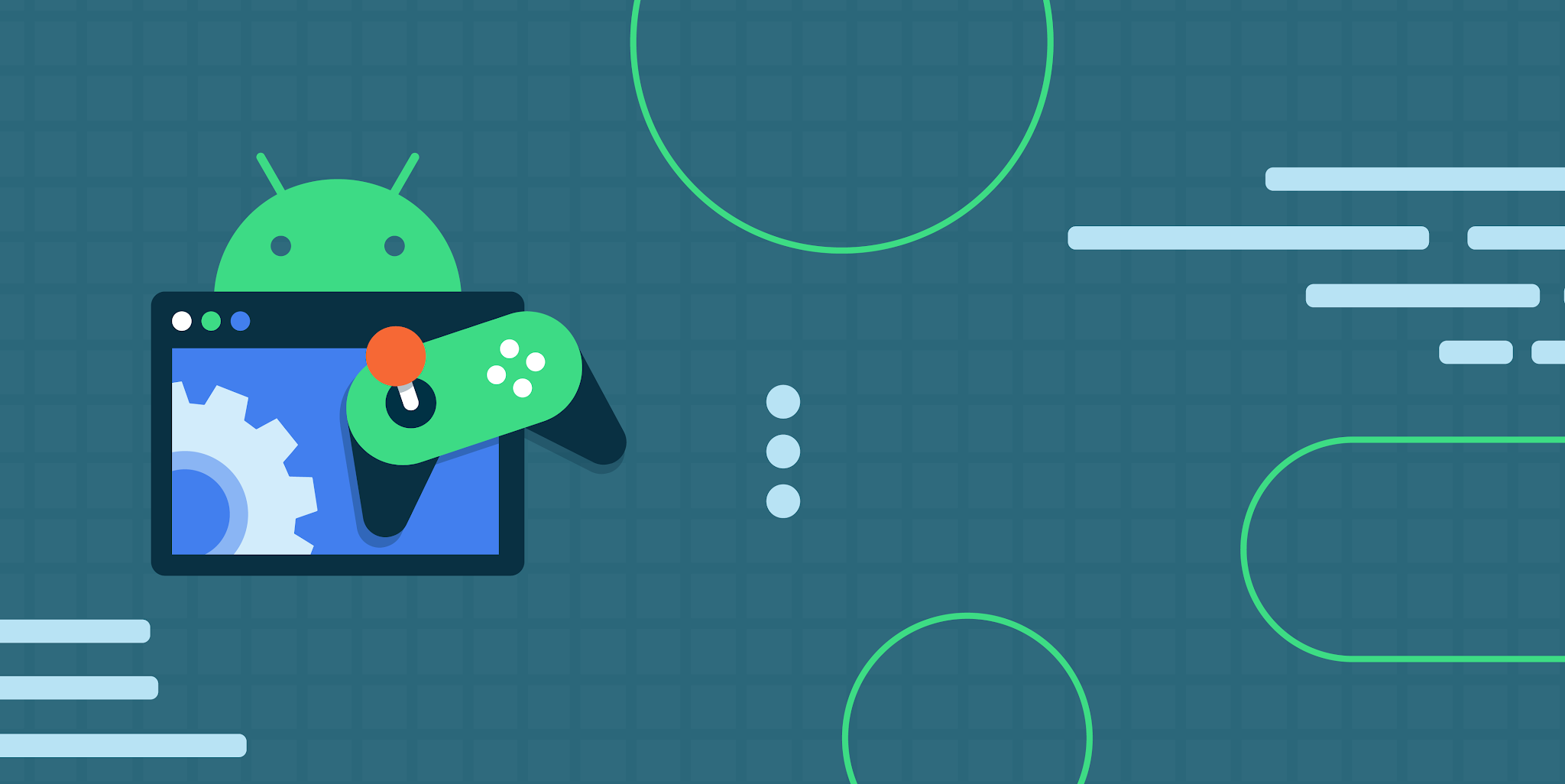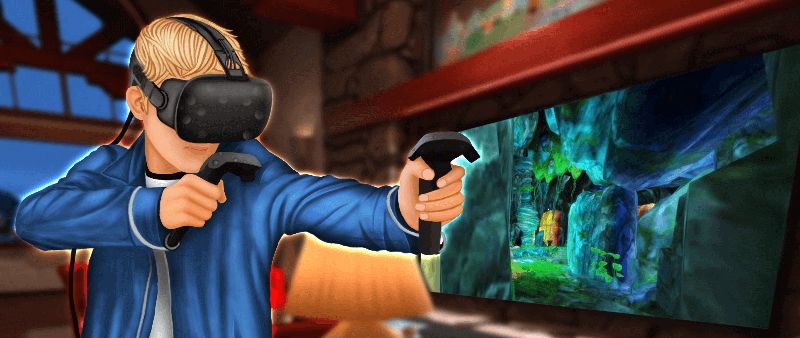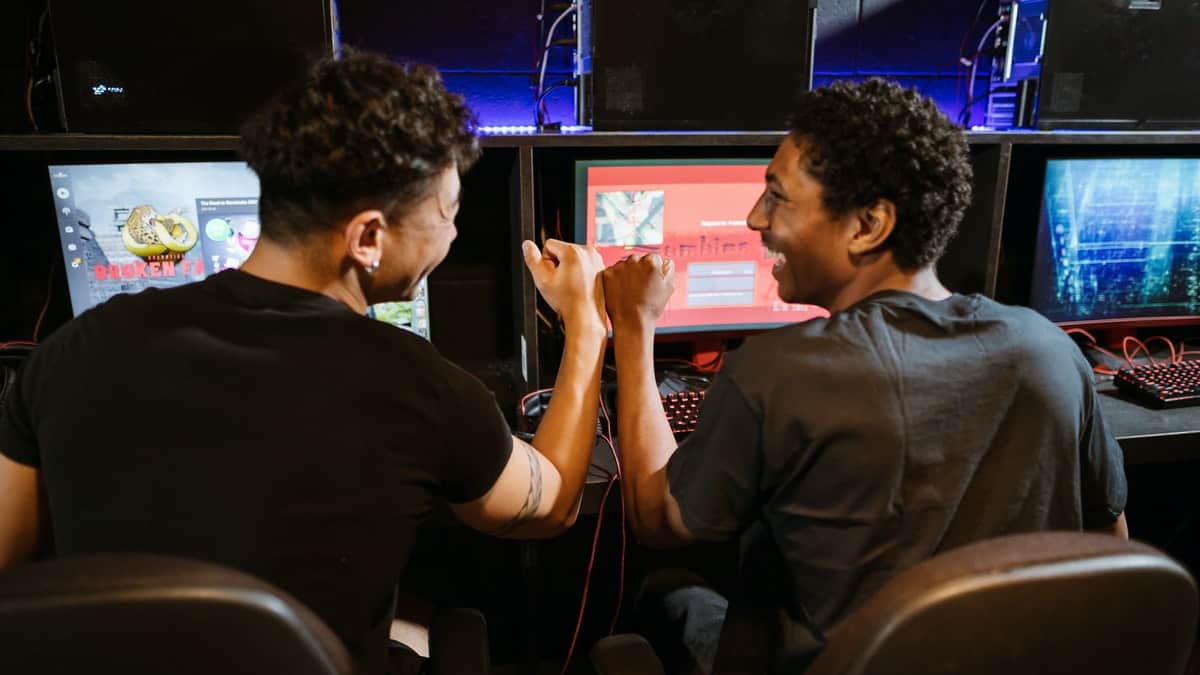Mobile Game Development is an intricate process filled with many technical challenges. From implementing new features to testing games on different devices, it’s not easy keeping pace with the latest trends in mobile game development. In this blog post, we’ll discuss several relevant topics that will hopefully help you tackle those challenges a little bit better. Let’s get started…
Native iOS and Android game development
We all know that mobile games are hot these days. The demand for quality games across all platforms is high, which is why every developer wants to get into the mobile game industry. Native mobile game development is one of the best ways to start your career in the mobile game industry. But what’s the catch? Native mobile game development is usually the most expensive option. The rising cost of talent is one of the main reasons for the rise in native game development costs.

The mobile gaming industry is still in an early stage, so there aren’t enough talented individuals to create games for all smartphones. Native game creation is also complicated. It requires specific skills, experience, and tools that can’t be compared to web development. Native game development is also limited to a specific operating system and set of hardware. These are just a few of the reasons why native mobile game development is a great choice for experienced developers. But why is native game development expensive when you can make the same game for both iOS and Android with web development?
The main reason is that you have to create an entire game design, programming, and development environment from scratch. If you have experience with native app development, this process is easier. But if you don’t, it’s more complicated. Native app development also costs more than web app development due to licensing costs and the cost of building, maintaining, and supporting a specific game design for a native platform.
AR and VR development
Augmented reality (AR) is a blending of virtual and real-world phenomena, and it’s the hot trend in gaming right now. AR games are becoming more and more popular and popular, enabling you to play games with your smartphone users that blend real life with the virtual world. This trend will be more and more popular in the future, so it’s good to be prepared for it. Virtual reality (VR) on the other hand is a much newer trend that’s been gaining traction recently.

VR games are typically played on a headset such as the Oculus Rift or HTC Vive, and they allow users to explore new worlds and interact with digital objects in a much more immersive way than ever before. VR and AR development have a lot in common, as both technologies rely heavily on computer vision and artificial intelligence. But the main similarity is that both technologies are still in their early stages and don’t have a large number of proven use cases yet.
Additionally, both AR and VR require a high level of expertise and expertise in programming new game engines – especially for AR. Both virtual and AR technology are still very new and evolving rapidly, so it’s important to stay on top of new trends and developments.
In-house game engines and tools
Game engines and tools are the foundations of game development. They help developers create complex games with a high level of fidelity. Game engines usually automate many production tasks like creating art assets, importing audio, and creating programming components like game entities and game scripts. Game engines also help streamline game development by providing a consistent development environment for every developer. There are many game engines available, and they’re often categorized by their use of programming languages.
Some of the most popular game engines include Unity3D, Unreal Engine, and GameMaker. If you have experience with one of these engines, you can use that knowledge to jumpstart development on another game engine. But you can’t use the same tools in a different engine. You also need to make sure that the game engine you choose is compatible with the target platform you want to develop for. When it comes to the tools you use in your development workflow, it’s important to remember that tools are just a framework. Each project is unique, so it’s good to test new tools and see if they work for your project.
Peer-to-peer (P2P) online gaming
Online gaming has been booming for years, and it’s still growing. This trend is expected to be even more popular in the future, as the number of smartphone users worldwide is expected to increase. One of the biggest changes that have happened in the online gaming world is the transition from centralized to decentralized games.

Online gaming platforms used to be controlled by a single company. This created many issues, including a limited selection of games, and it led to many issues. With decentralized platforms, the power is back in the hands of users. This means that platform operators can shut down or restrict services as they please, and it also means that the online gaming industry is unregulated.
This means that online gaming is also a much riskier business than traditional game development. Online gaming is one of the most popular game development trends, and it’s expected to be around for a long time. This growth is expected to continue as more people get access to smartphones and as more people get online connectivity.
Computer vision and Artificial Intelligence (AI) for games
Computer vision and artificial intelligence have become key technologies in the gaming industry. This trend is expected to continue, as computer vision and artificial intelligence have been proven to be useful in many different fields. Computer vision is the field of finding useful information in images and videos. This is achieved by using a computer’s vision system to recognize and extract useful information, such as people, objects, or scenes.
AI is the same, but it uses a computer’s resources to solve problems that humans cannot solve. This includes things like creating an algorithm to recognize images or an algorithm to recognize speech. Computer vision and artificial intelligence are becoming more and more popular with game developers. This is because these technologies have been proven to be useful in games and can be used to create more realistic games.
Computer vision and artificial vision can be implemented in many ways, and they can be used for different purposes. Computer vision and artificial intelligence can be used to create more realistic games that can be played on virtual reality (VR) headsets such as the Oculus Rift or HTC Vive. This can also be used to improve the existing gameplay in existing games. Computer vision and artificial intelligence can also be used for computerized game gambling. This is a trend that’s becoming more and more popular, as it allows players to place bets that are based on the outcomes of real-world sporting events.
Bottom line
There have been many game development trends in the past few years, and they are expected to continue growing in popularity. Native game development is expected to be more expensive as the cost of acquiring new talent grows. Computer vision and artificial intelligence are expected to become more popular as they can be used to create more realistic games. And peer-to-peer online gaming is expected to be even more popular than before.



















